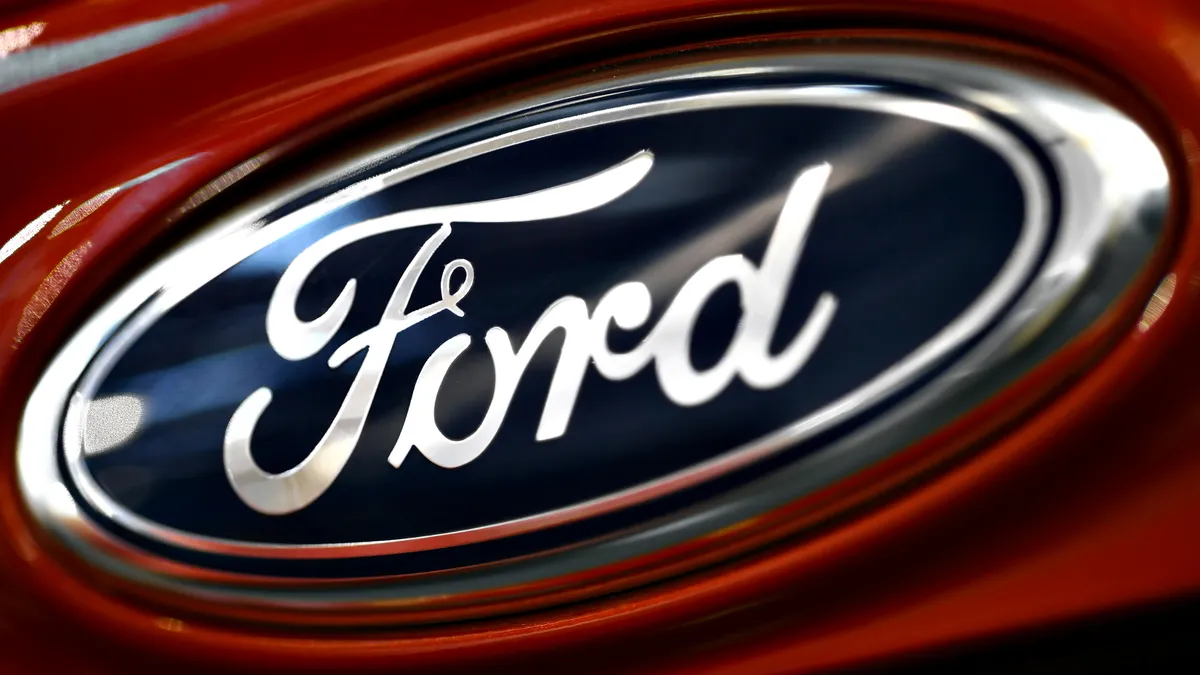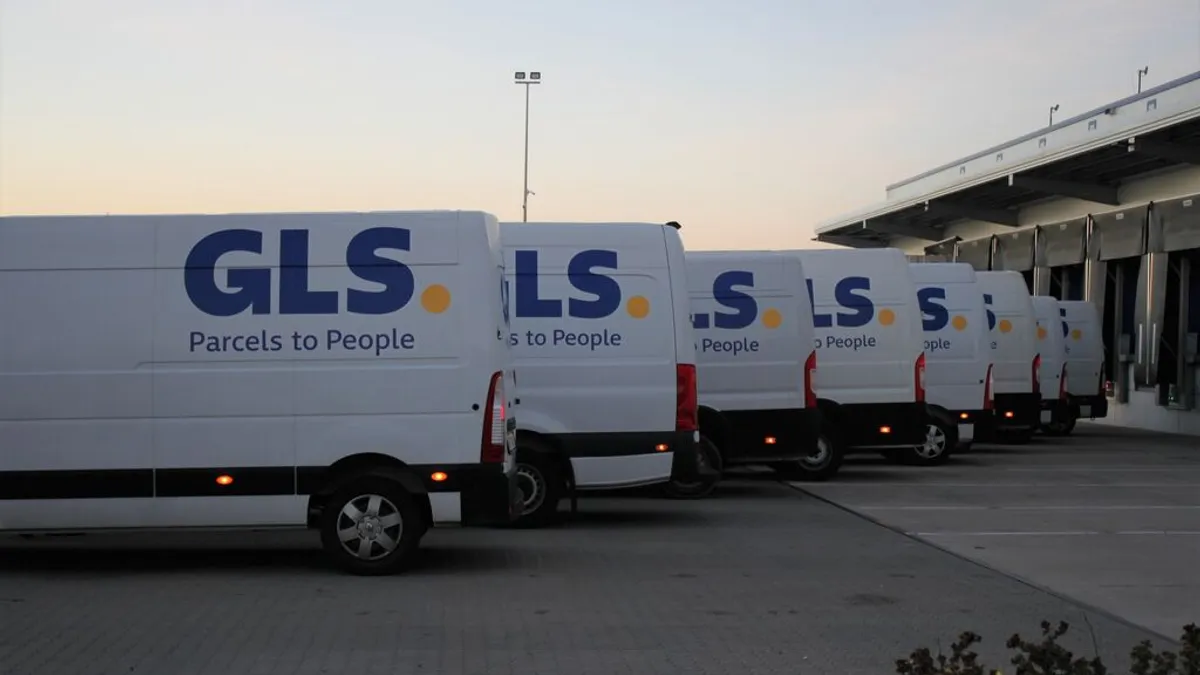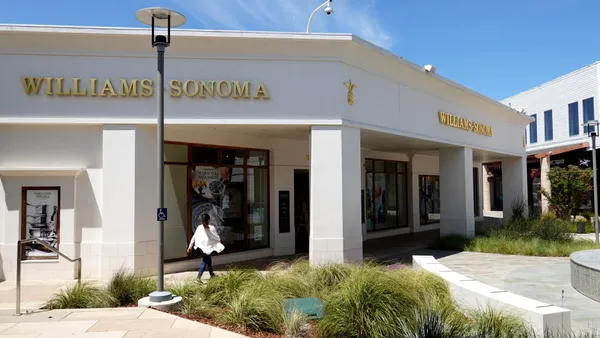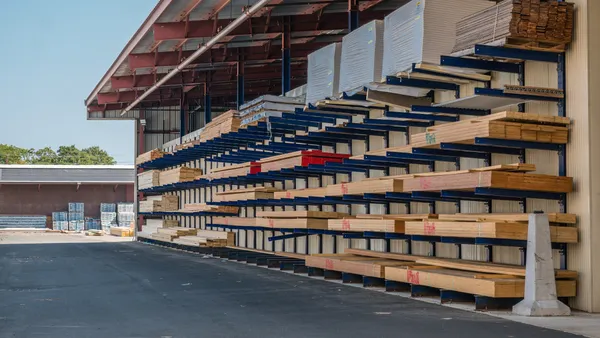Dive Brief:
- A Ford redesign of three factories' recycling system to close the loop on its supply chain is helping save 5 million pounds of aluminum, a 23% increase in the company's recycling count while using 90% less energy through the recycling process, Triple Pundit reported last week.
- The new system collects scrap metal from producing auto parts, shreds them into small pieces before vacuuming the scrap into a pipe system that separates different alloy grades and dumps it to the back of a semi, for eventual delivery to a reprocessing plant. (See video at the end of this article).
- Before the newest recycling initiative, more than $300 worth of aluminum was required to build each new F-150 truck. The metal saved is enough to build 37,000 F-series truck bodies a month.
Dive Insight:
Ford is serious about its recycling efforts: The company recently announced it would seek to cut 500,000 metric tons of carbon emissions by 2022, and work with suppliers to decrease waste, water usage and energy consumption as part of these efforts. If the closed-loop recycling system is seen as a part of this initiative, the company's example shows such initiatives have a large pay-out.
It helps to think about it in terms of opportunity cost. Now, the company is collecting 5 million pounds, or roughly 2,268 metric tons of scrap aluminum. At a commodity price of $2,036.50 for aluminum per metric ton, the re-processed aluminum (assuming zero waste and not considering alloy differentials) is worth roughly $4.6 million. That's $4.6 million per month of materials the company did not have to purchase, or at least could sell and re-purchase at a discounted value. (The company estimates even greater savings, noting $300 worth of aluminum lost per F-150, and estimating 37,000 new trucks can be built with the 5 million pounds, for a total opportunity cost-savings of $11.1 million each month).
In fact, closed-loop systems are seen as some of the most energy and waste-efficient ways of organizing supply chains.
Many businesses now run sustainability initiatives not only as a way to reduce waste, but also gain profit from a reverse supply chain. The closed loop actually seeks to see a product all the way through from creation to demolition. Even when an item is resold or refashioned into something else entirely, the loop remains open: the new buyer becomes yet another source from which to ultimately collect the object purchased as its usefulness diminishes.
It's a shift in mindset that sparks the closed loop: companies must be able to think of waste as an opportunity cost, rather than basic stream of revenue from liquidators. Doing so will help drive long-term efficiencies, and boost the bottom line, sometimes exponentially.














